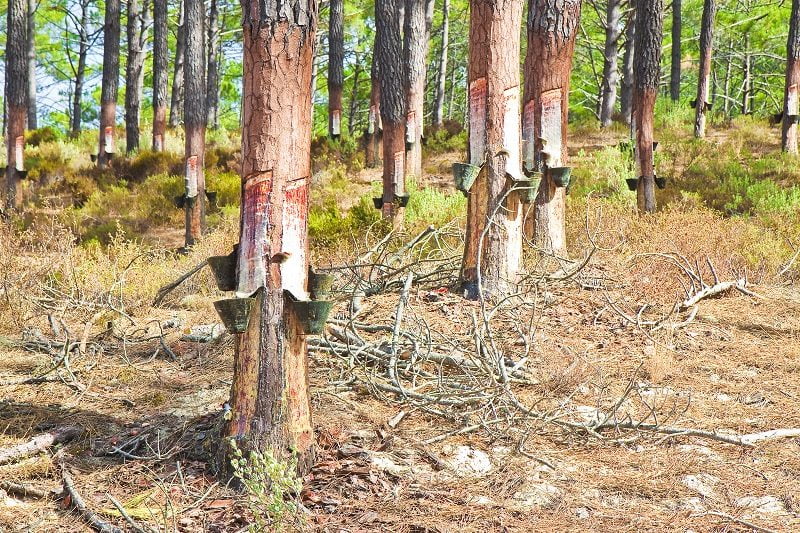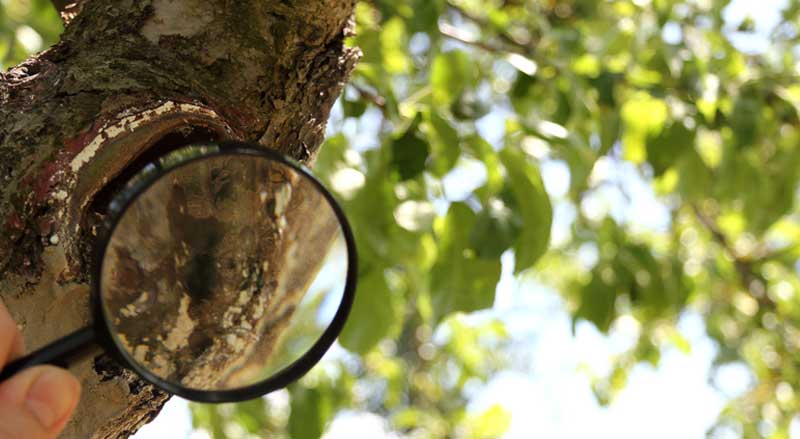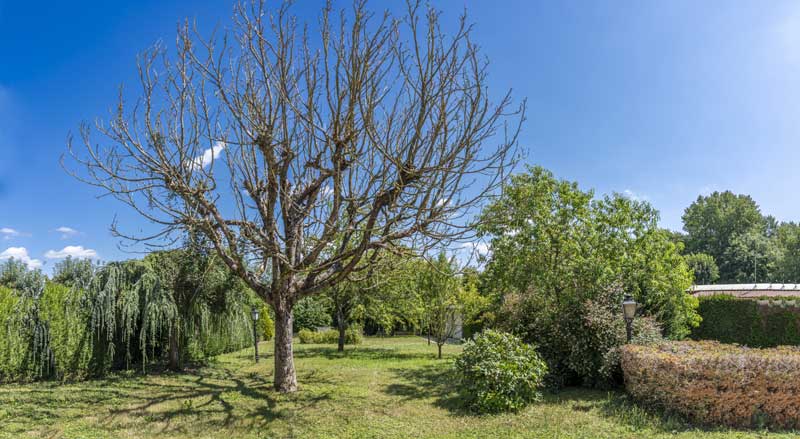It may come as a surprise, but sap is the most valuable product you can harvest from a tree.
Usually when trees are thought of as resources, the first thing to come to mind is a tree being cut down for its wood for building, carving, and paper products. However, the sap that courses through a tree can be highly beneficial. Maple, birch, and walnut saps are regarded for their healthy properties that include minerals, enzymes, antioxidants, and nutrients to name a few. Other tree saps are important as well, such as pine sap, which can be harvested and used for homeopathic remedies and even natural chews. There are a variety of trees that yield useful sap that can benefit your home and family.
Best Types of Tree Sap and How to Use Them
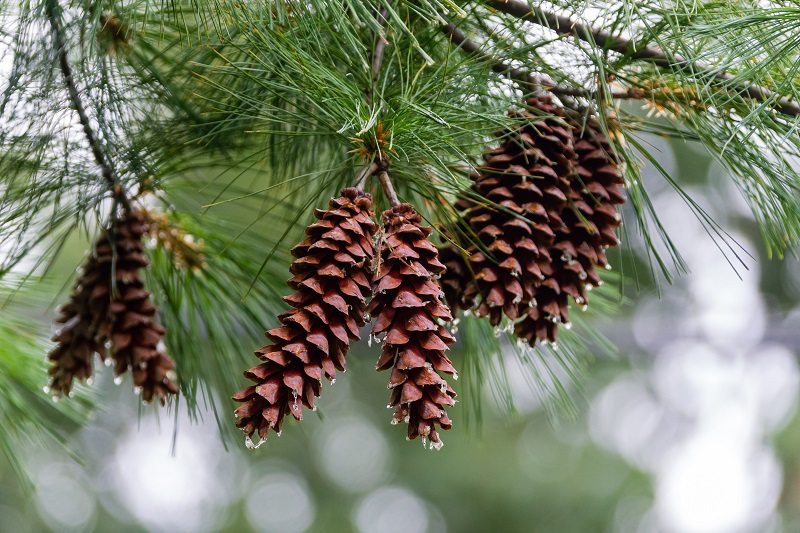
Pine
Once stated before, pine sap is a wonder sap. Pine trees secrete resin as a defense mechanism. This sap begins as a golden liquid, and eventually hardens into solid amber. Often times, you can find pieces of amber with perfectly preserved insects inside them, which should give an idea to the properties of pine sap.
This wonder sap can be used as a self-aid to treat wounds, stop bleeding and treat rashes. It is a natural antiseptic, anti-inflammatory, and astringent that treats and bandages wounds like a two-for-one. The softer sap can even be chewed like gum for colds and sore throats.
Pine sap can also serve as a waterproofing for seams in boots, boats, and containers. It was used in the olden days by Indians to waterproof canoes and patch their teepees. Despite its waterproofing abilities, dried globs of the resin can be used as a fire starter in wet conditions.
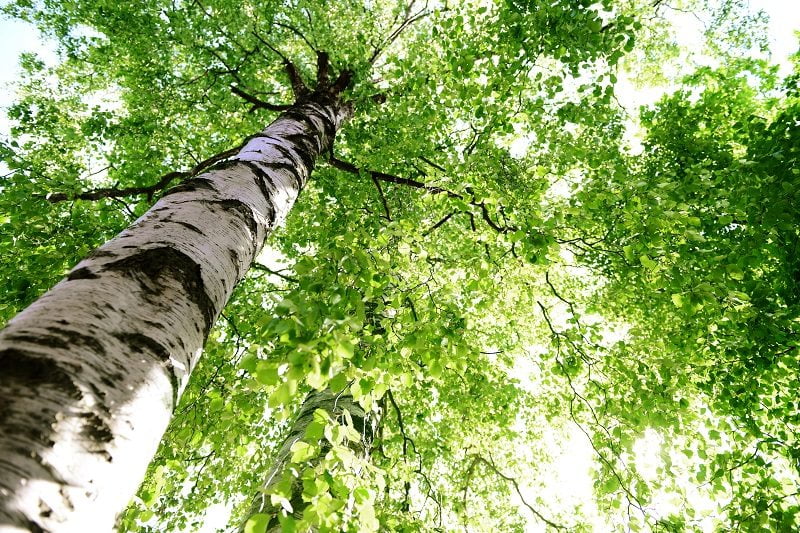
Birch
Birch tree water or sap is considered one of the best juices to drink. Slightly sweet and with the consistency of thin syrup, it contains xylitol sugars, proteins, enzymes, and amino acids. Birch also has amazing healing properties, detox effects, and benefits for certain organs in the body, such as the liver and kidneys. Also, birch cellulite oil is reported to help eliminate cellulite over time.
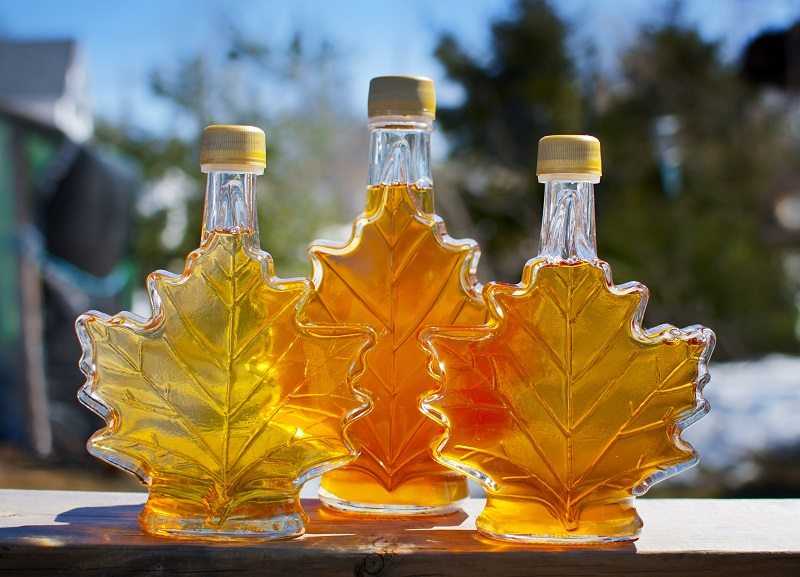
Maple
Maple syrup for biscuits and pancakes may be the first to come to mind, but purely extracted maple sap has been proven to improve osteoporosis-like symptoms, prevent the formation of gastric ulcers, and even lower blood pressure and prevent hangovers.
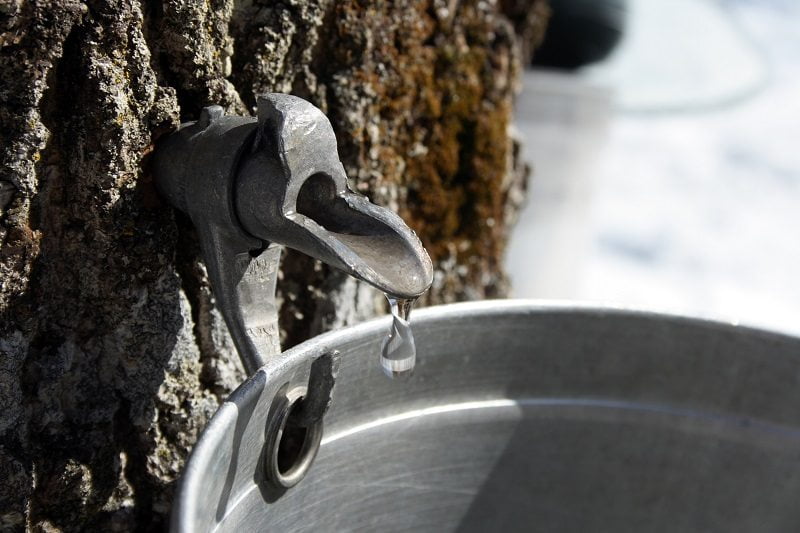
Harvesting Tree Sap Made Simple
Harvesting sap is a weather-specific ordeal. Sap is gathered the easiest when it “runs,” which is when the daytime temperatures are between 32 and 45 degrees, but the nights are below freezing. A tree is only best to harvest at certain diameters and heights, so research is (again) important before you begin trying to tap your tree. Drill a hole into your tree using a bit size recommended for your spile. Once your hole is started, insert the spile at a downward angle and gently tap the tapered end in with a hammer. If the sap is running, a drop will appear at the tip of the spile. Hang a covered collection bucket from the spile. Sap can be harvested once per day. Once the collection season has ended, removed the spile with a pair of pliers by twisting gently and pulling the it straight out. Harvested sap can be kept in the refrigerator for up to a week, or it can be frozen. Drink it straight or use it as a replacement for water when brewing coffee or tea.
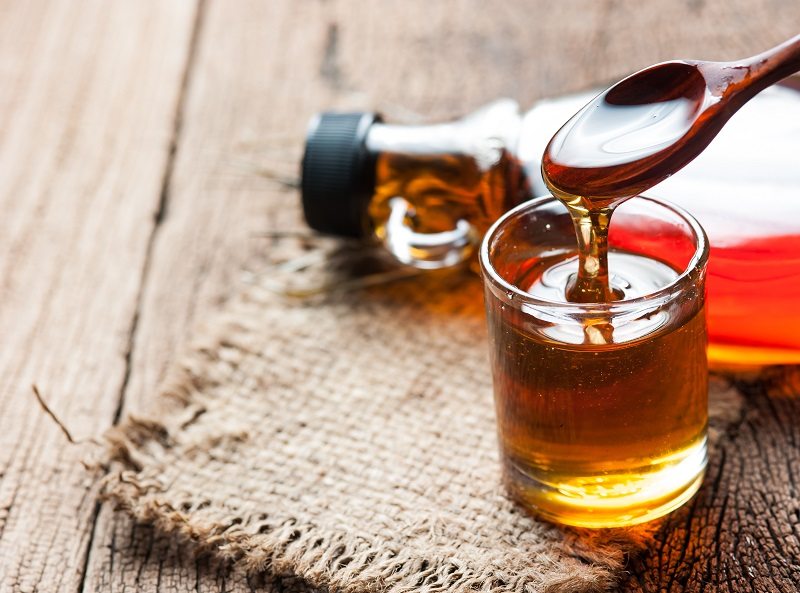
Research the trees in your own backyard to see what medicinal or practical benefits you can find use for. Your trees can offer you so much more than just shade and a beautiful landscape. For more information about harvesting sap or tree care services contact Trees Unlimited today!

